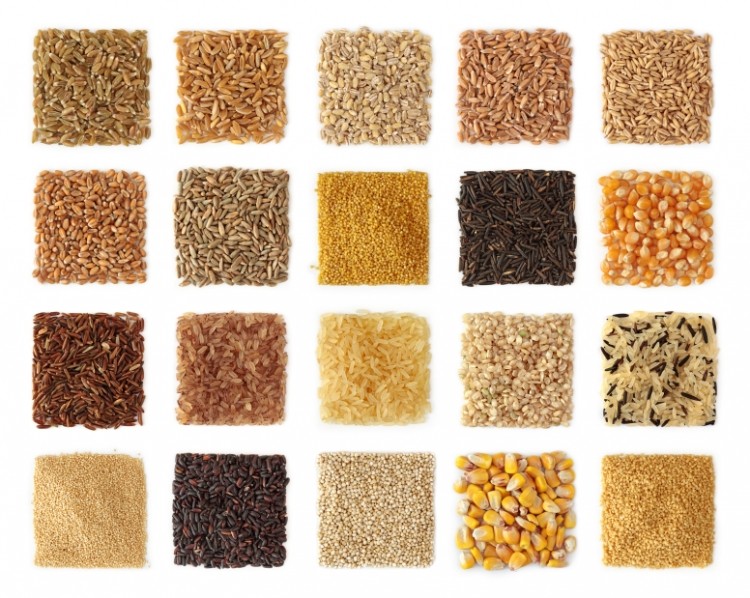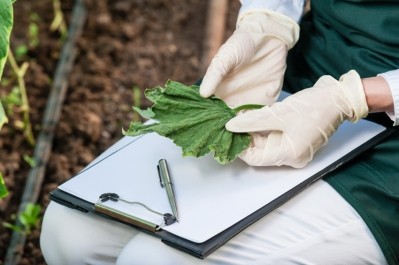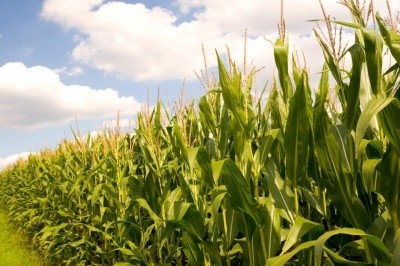'We want to understand the needs of feed compounders': UK crop project aims at win-win outcome for growers and feed sector

“The focus of our latest research is finding value for both cereal producers and feed manufacturers in the UK.
We want to help growers target specific feed types by using the right varieties and agronomy and thus helping boost profitability across the supply chain,” said Dr Martin Grantley-Smith, Head of Business Development at the Home Grown Cereals Authority (HGCA).
HGCA is a division of the Agriculture and Horticulture Development Board (AHDB), a statutory levy board, funded by farmers and growers. Its role is to make agriculture industries more competitive and sustainable through factual, evidence-based advice, information and activity.
“At present, over half of the grain produced in the UK becomes animal feed either directly, or as co-products from other end uses, but often growers don’t know what type or quality of grain is best suited to feed compounders.
We are trying to remedy that and we are working with feed producers to understand their needs,” Grantley-Smith said.
Feed conversion analysis
The feed chain is a complex one, with diverse grain requirements by compounders due to the fact that there is ruminant and non-ruminant livestock with quite different nutritional requirements, said the HGCA business strategist.
In this context, he said, the authority has kick-started a three-year trial with poultry producer, Moypark, in Northern Ireland to evaluate the effectiveness of new equipment in analysing the correlation between certain grains and feed conversion performance in poultry.
“This is going beyond looking at the basic elements of grains for feed such as their energy or protein components, we are looking at how intake is affected by grain selection or quality,” he told FeedNavigator.
Other projects in the same vein include an initiative designed to measure barley and wheat varieties to determine their suitability for feed use.
Use of grain by-products in feed
He said that feed is not only an important end use in its own right, but supports the profitability and operation of the whole supply chain by making use of co-products.
Thus, HGCA research will also look at the potential of grain by-products such as distiller grains’ in livestock diets.
“The biofuel industry in the UK is only at the nascent stage but this could offer great potential as a source of less costly feed inputs,” said Grantley-Smith.
HGCA researchers will also look at the viability of producing home grown protein sources to challenge feed sector reliance on soy imports.
The agency is promoting its new focus on feed at the Cereals 2014 show in the UK next month.








